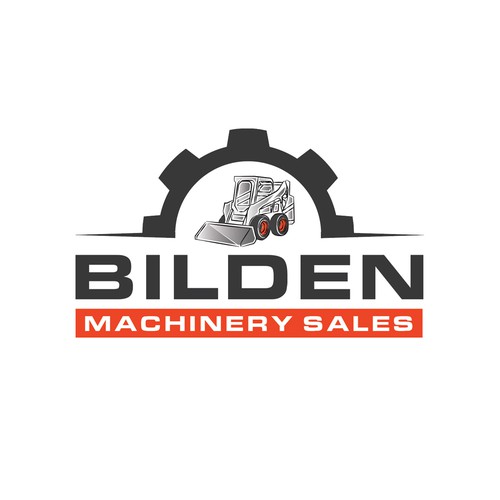A masala packing machine is designed for efficiently packaging various types of spices (masalas) into bags or pouches. These machines are widely used in the food processing industry and are crucial for maintaining the quality and freshness of spices during storage and transport. Here’s an overview of their features, types, and applications:

Key Features
Filling Mechanism:
- These machines typically use a volumetric or weight-based filling system to ensure accurate measurement of the spices before packaging.
Sealing Technology:
- Most masala packing machines use heat sealing, ultrasonic sealing, or other methods to securely close the packages, ensuring they are airtight and moisture-resistant.
Automation:
- Many models are fully automated, integrating filling, sealing, and cutting processes. This reduces labor costs and improves efficiency.
Adjustable Settings:
- Users can often adjust settings for different bag sizes, weights, and sealing temperatures to accommodate various types of spices and packaging materials.
User-Friendly Interface:
- Most machines come with intuitive controls and displays that allow for easy operation and monitoring.
Types of Masala Packing Machines
Vertical Form Fill Seal (VFFS) Machines:
- Commonly used for packing spices into pouches. They form the bag from a roll of film, fill it, and seal it in one continuous process.
Horizontal Packing Machines:
- Suitable for packing spices into pre-formed pouches or containers. Often used for bulk packaging.
Auger Filling Machines:
- Designed specifically for powdered spices, these machines use an auger screw to fill the pouches accurately.
Applications
- Food Industry: Essential for spice manufacturers, packers, and retailers to package various spices, including powdered, whole, and blended masalas.
- Catering and Bulk Suppliers: Used by businesses that require large quantities of packaged spices for distribution.
Advantages
- Efficiency: Automating the packing process speeds up production and reduces the potential for human error.
- Consistency: Ensures uniformity in the weight and size of each package, which is critical for branding and customer satisfaction.
- Cost-Effective: Reduces labor costs and improves output, making it ideal for both small and large-scale operations.
Maintenance
Regular maintenance is important for ensuring optimal performance, which may include:
- Cleaning the filling and sealing components to prevent contamination.
- Regularly inspecting mechanical parts for wear and tear.
- Ensuring the electrical systems are functioning properly.





